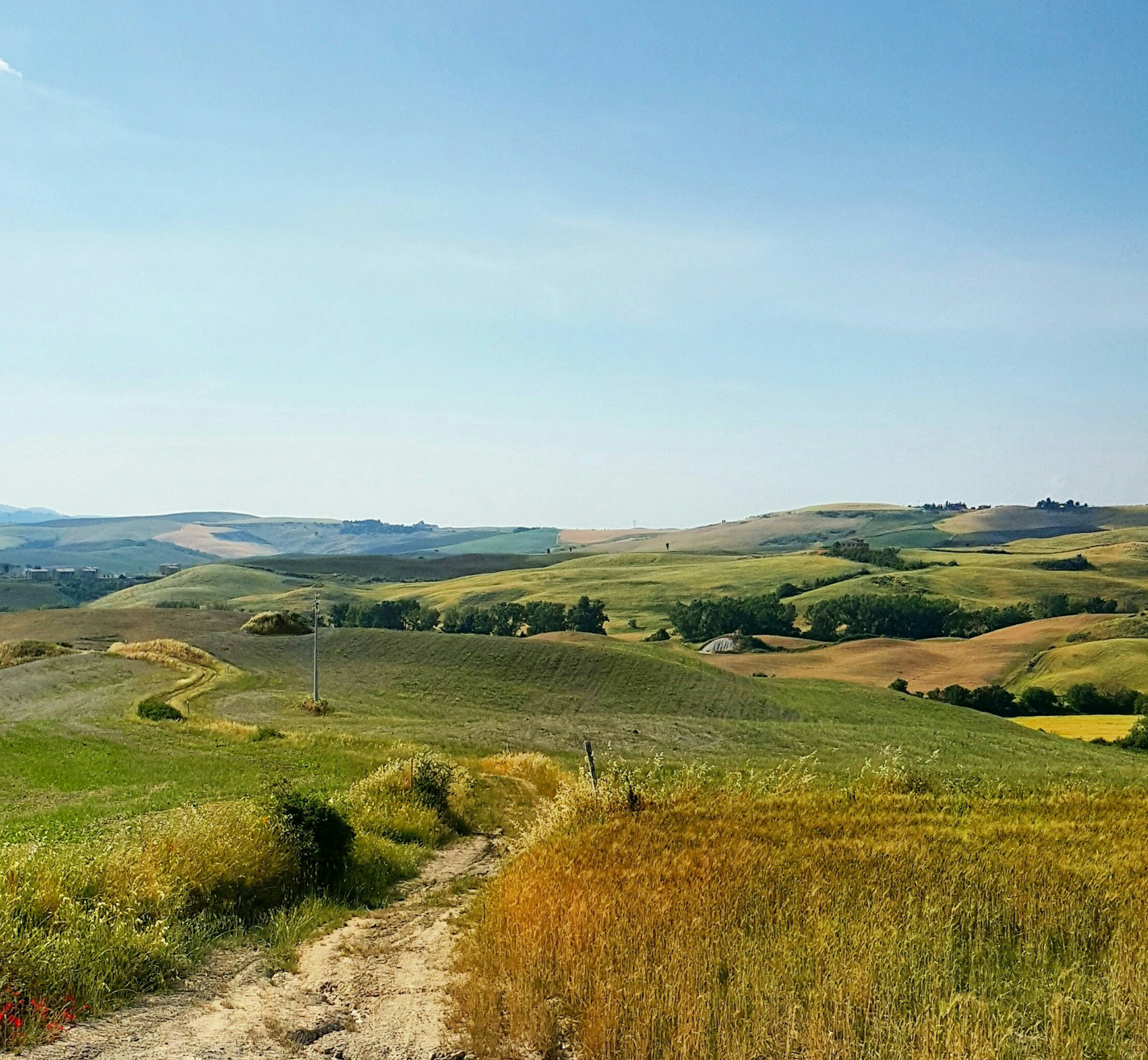Approach
RURACTIVE supports the just and sustainable transition of European rural areas, making rural communities:
- Stronger and healthier: through the provision of local services for rural welfare, co-developed using digital tools, and through social innovations taking into account social justice and cohesion.
- Connected: by enhancing the local physical and digital infrastructure and improving sustainable multi-modal mobility, as well as increasing digital skills for use and interaction of community-led digital innovations.
- Resilient and prosperous: by fostering green recovery, economic diversification and revitalisation of cultural and creative sectors, nature-based and cultural tourism, agri-food systems and ecosystem management as well as energy transition for climate neutrality.
The RURACTIVE approach is based on six Rural Development Drivers (RDDs) which help to embed and categorise solutions that are developed and implemented in the 12 rural communities of the Dynamos.
